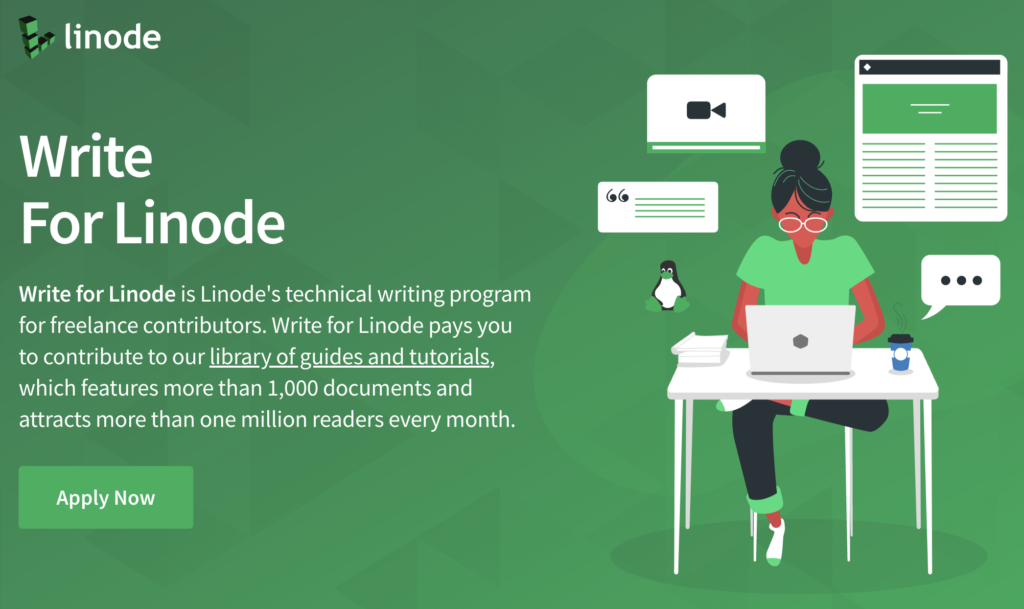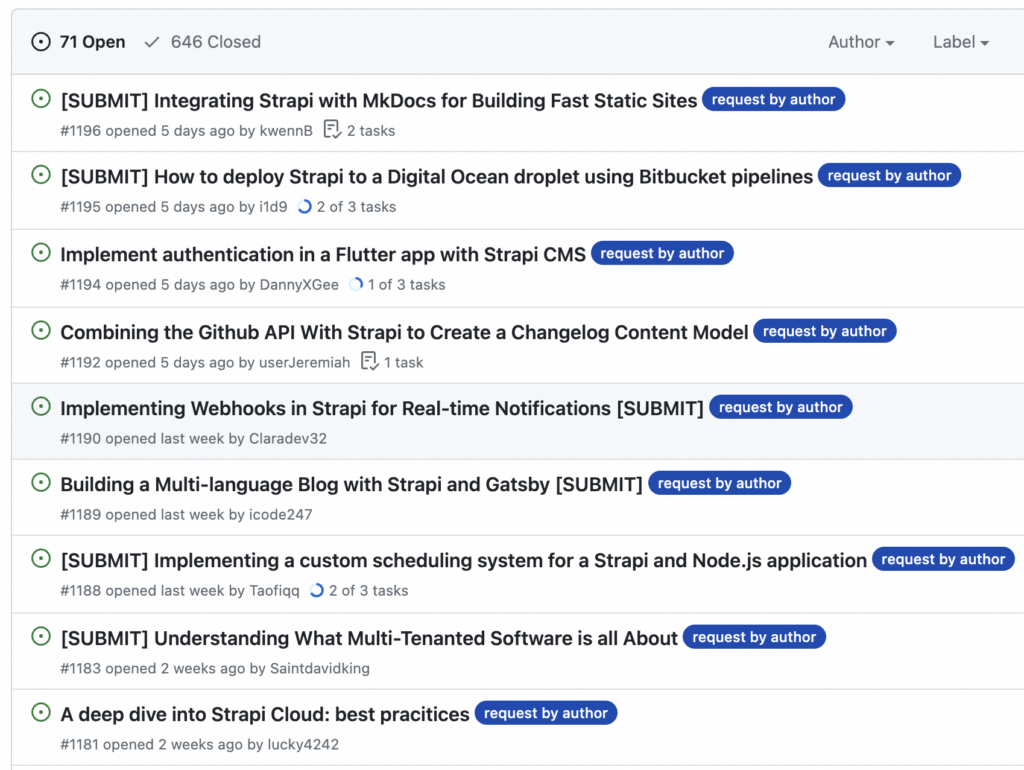When you want to find technical content writers, there are a few common places to look. For the right community-oriented company, looking within your own users is an appealing option.
Famously, DigitalOcean, Linode, and others have turned to developer writers in their community to scale their technical content.

There are great benefits that can come from a community content program. They can also be a heavy lift to operate. You’ll have to handle content quality and plagiarism issues, not to mention a whole host of new problems that AI tools will create.
But for the companies that already have an active community—and who are willing to put in the work—there could be great benefits. The rest of this post looks at what it takes to create a successful developer community content program.
Is Your Community Ready for a Content Program?
Especially in technical circles, “community” can be an amorphous term. Sometimes we hear from clients who want to create a community. I’ve never seen this be successful. Instead, the great companies will nurture a community that is already there.
Before you start a community content program, make sure you already have a community. It can be small. But without a community, you’re building a freelancer program.
Here’s the difference:
- Community content program: a small group of known people create content about a product they know
- Freelancer program: a group of unknown people create content about a product they may not know yet
Either can work and have the same upsides and challenges. However, the community content program has the added benefit of engaging those who already know you, pulling them closer.
You don’t need to be a huge, long-running company to create a program. DigitalOcean’s started in 2013, very early in its time as a company.

It also started very simply: by paying $50 per article, with submissions sent to an email address.
A quick test of whether your community is ready: as an organization, can you identify a handful of community members to include in an initial trial?
Before you open the floodgates, you’ll want to hone your process with a few members of your technical audience who are willing to endure beta testing. They can also help you identify the content your community is best able to provide.
What Content Should Come From Your Community?
A community content program does not replace your other content operations. It augments your other content and potentially scales it. Don’t expect your community to create marketing content—in fact, that would be inauthentic and remove their unique perspective.
Consider Linode and DigitalOcean, both with cloud hosting products aimed at any developer. There are a wealth of topics when you consider all the potential tools and software that might be hosted in the cloud. Yet, it’s notable also that neither company continues to take submissions. There are a finite number of topics and diminishing returns over time.
To start, it’s helpful to set these ground rules for your community content:
- Does not need to be product-focused
- Does not need to be promotional
You want your community members to write for the version of themselves before they discovered your product. Additionally, this expands the pool of potential topics to include complementary tools and other related categories.

Yet, the more specific you can be, the better submissions you’ll receive. For example, Strapi uses GitHub Issues to track its community content topics. You can suggest categories, content types, or other criteria you’ll use to determine the content you accept.
Review the pages of existing community content programs to see how they frame their programs. Here’s a small sampling:
While being specific about what content you publish is important, you also want to leave room for dialogue. Some of the best ideas for content may come from your community.
Include Your Community in Your Content Strategy
Your product may not lend itself to the wide-ranging topics found in cloud hosting. Nevertheless, there are many tools your community uses alongside your product—even if they’re not directly in combination. Some of these you will know and others you won’t. In a more traditional freelancer program, you’d miss out on the opportunities that come from the community.
Airbyte sets some high-level categories that direct its community, while providing room for flexibility. They’re looking for three types of articles:
- Data insights
- Data news
- Tutorials
In this Airbyte example, any data tools would be possible topics. If the company wanted to focus its contributions, it might narrow these descriptions to something like “data transformations.”
Again, you’ll get more collaboration from a community, in contrast to a freelancer program, which would strictly have topic assignments. The community helps you expand your topic list, rather than adding additional work that sometimes includes outlining a piece for freelancers.
That’s not to say you can abdicate your entire content strategy to the community. It’s important that you identify the high-level concepts within your strategy. Then listen to the community for opportunities to expand these concepts.
Join the Technical Content Accelerator
Before you dive into your community content program, work with EveryDeveloper to increase its chance for success. In the Technical Content Accelerator, you will learn the exact method we use to reach technical audiences with content and identify concepts that connect to your product without overly promoting it. Then collaborate with internal contributors and your community to deliver content that attracts more of the right audience.
